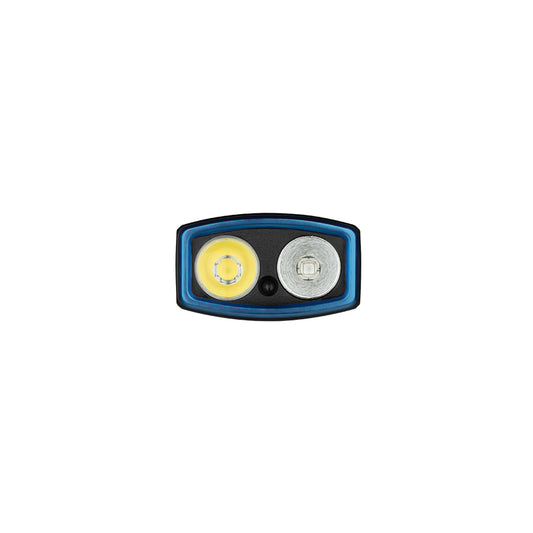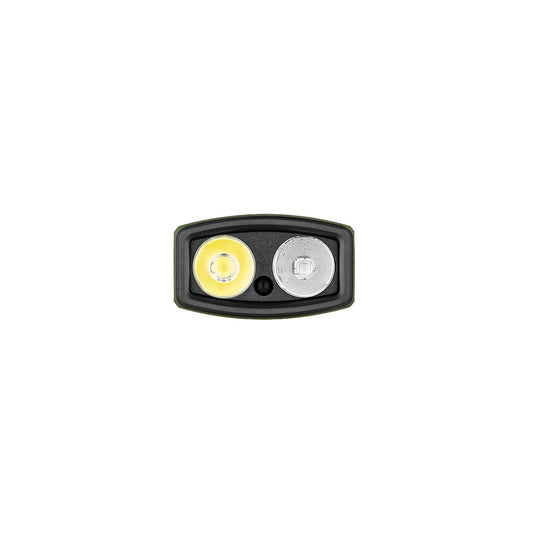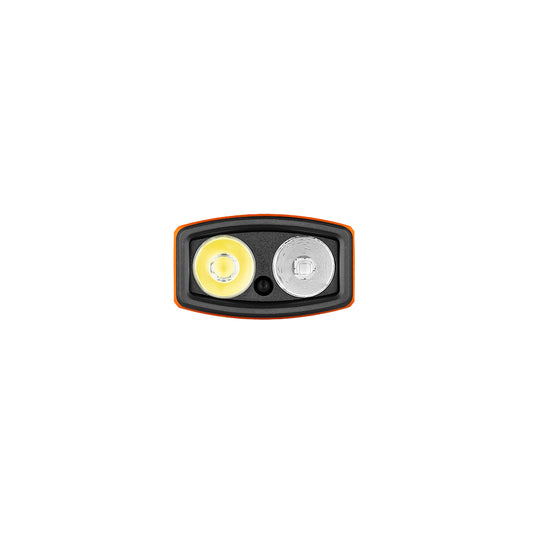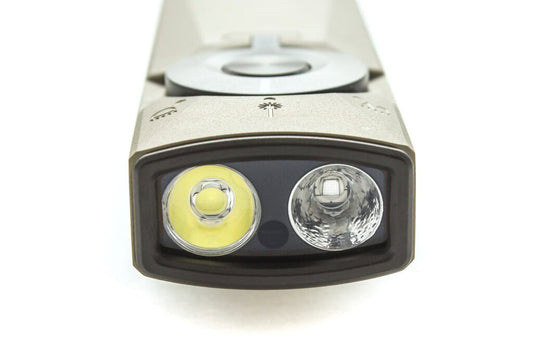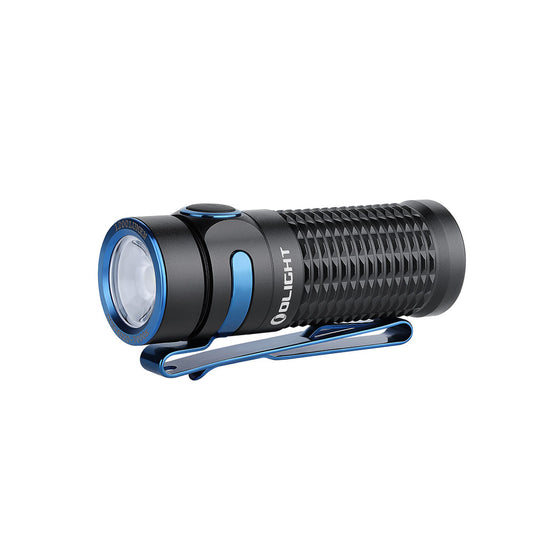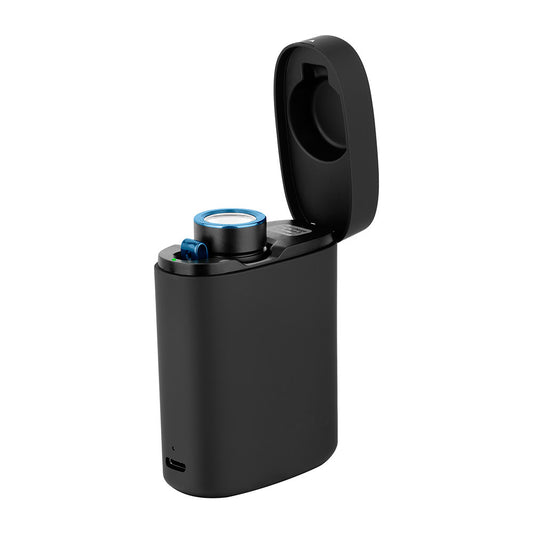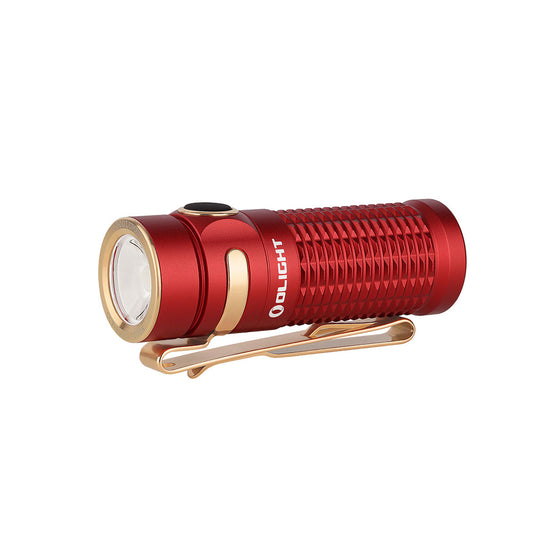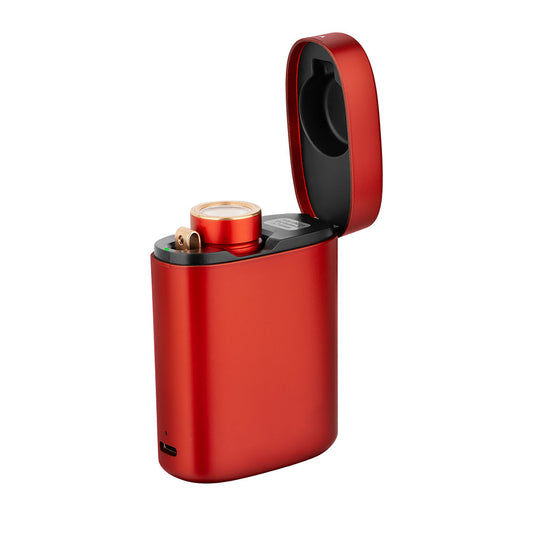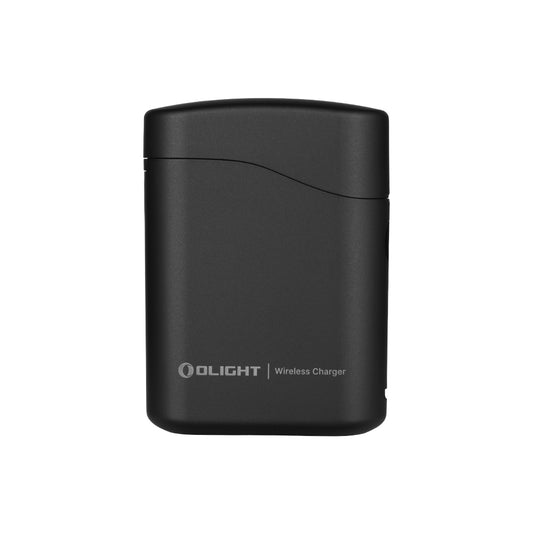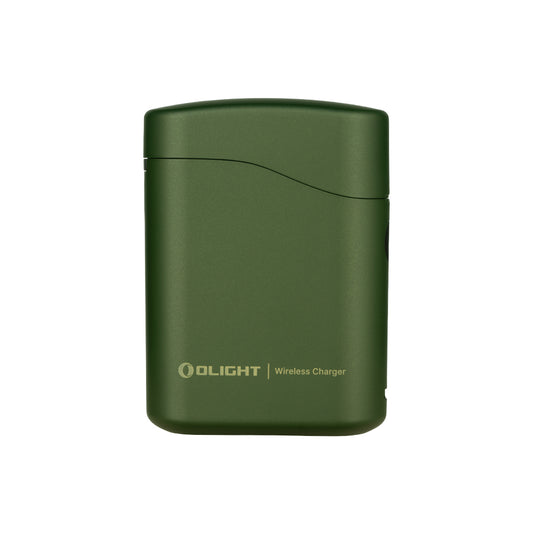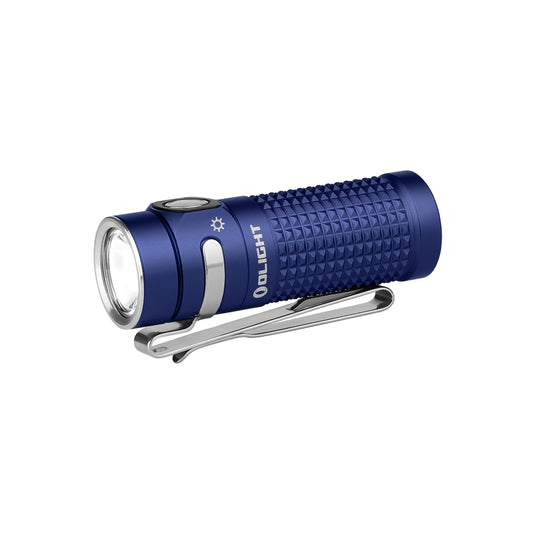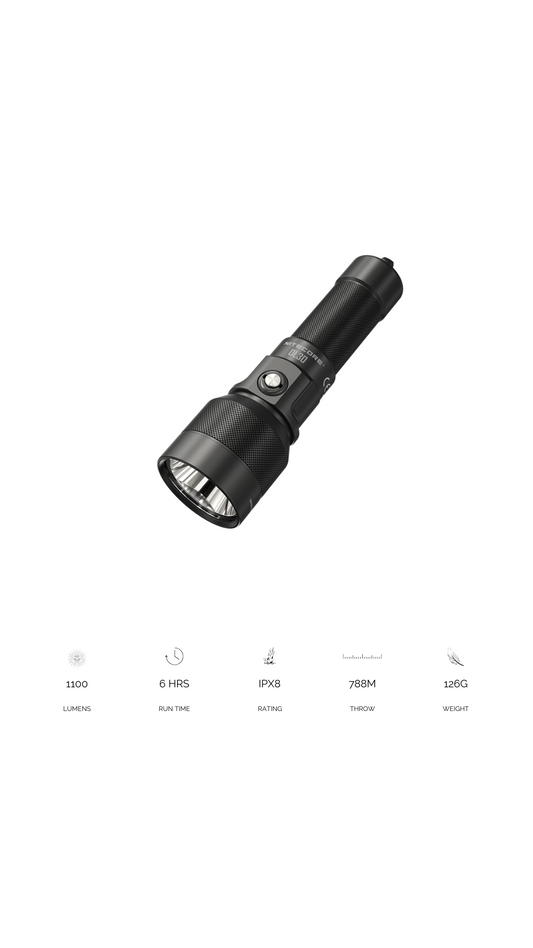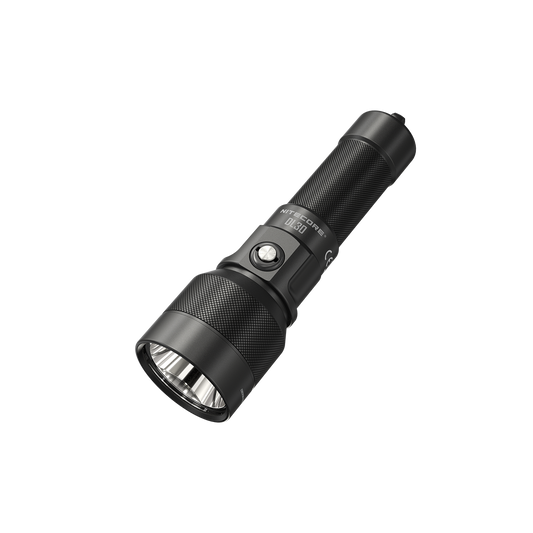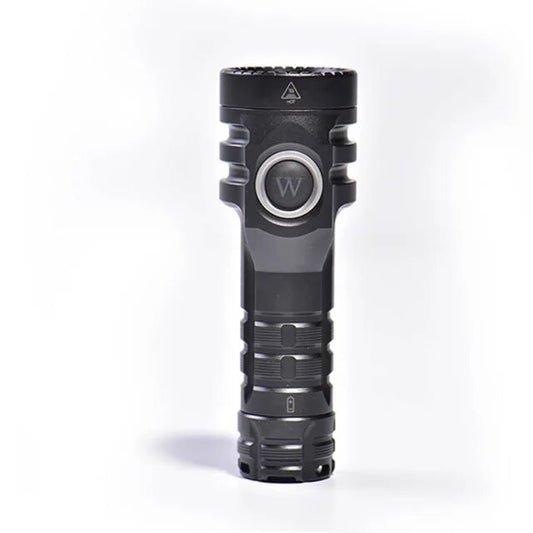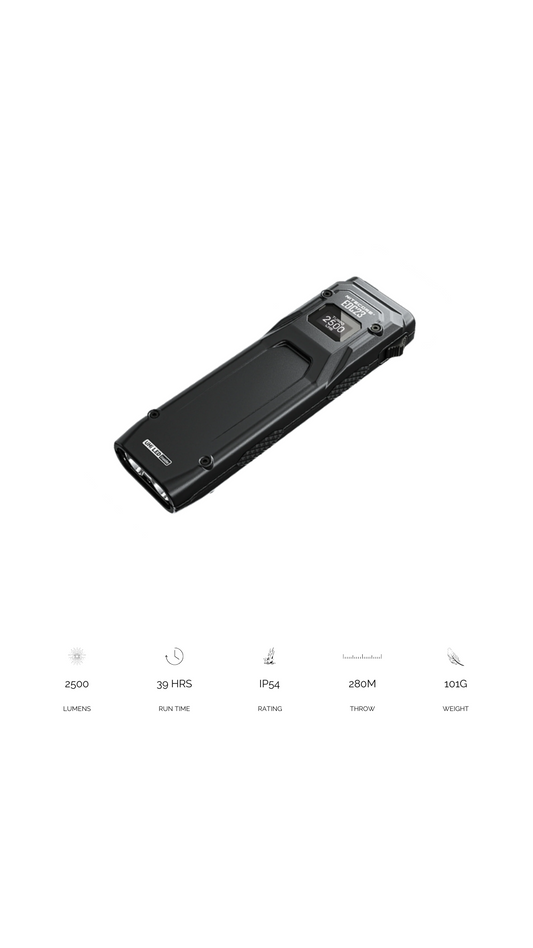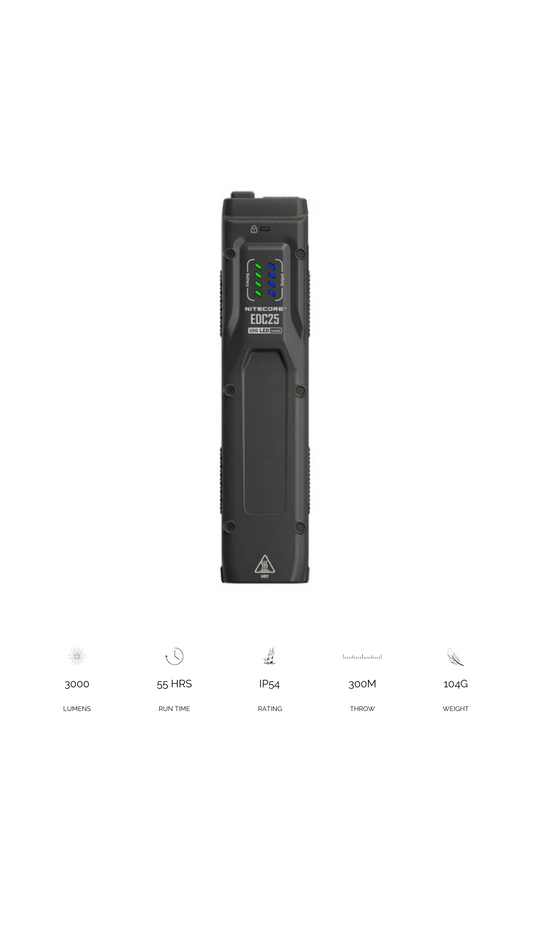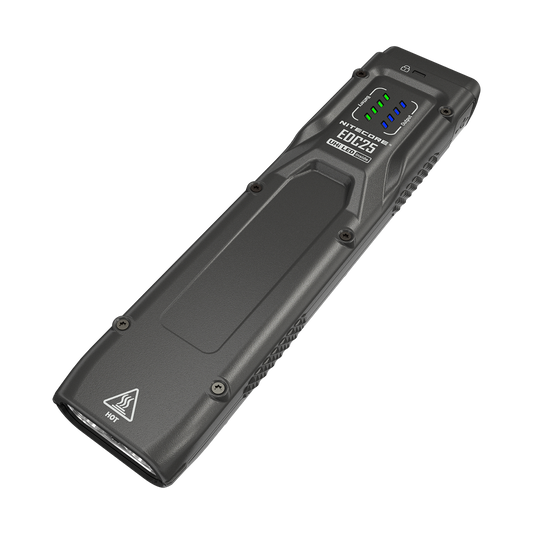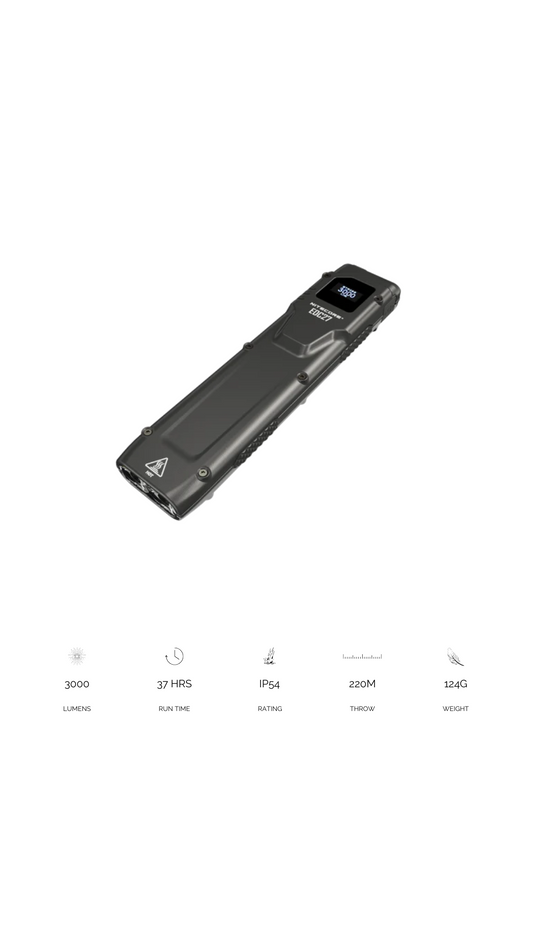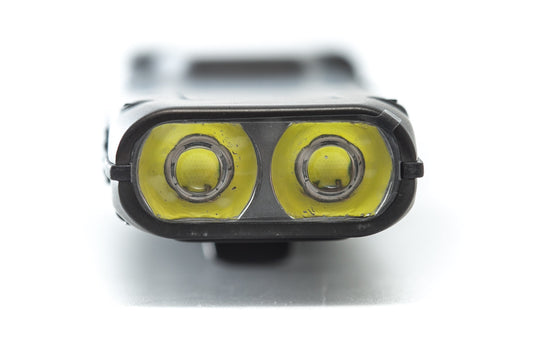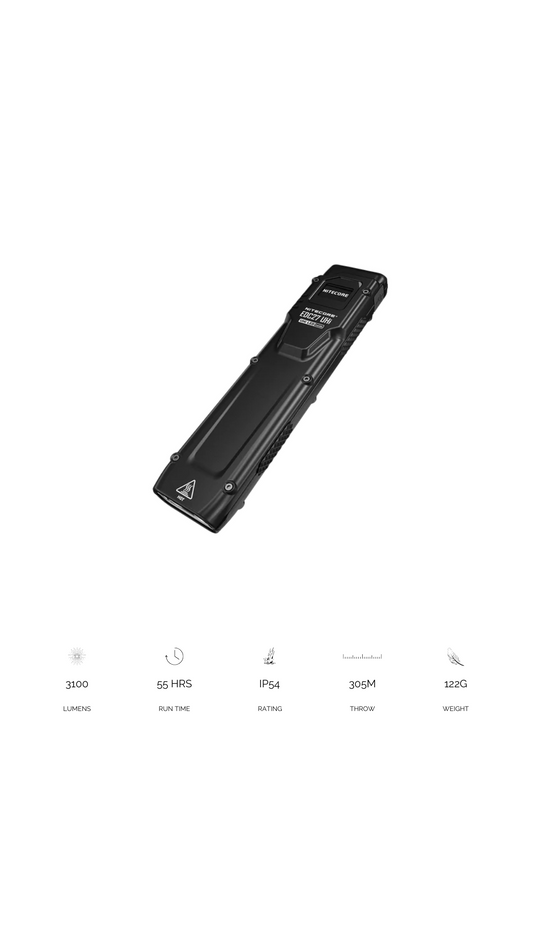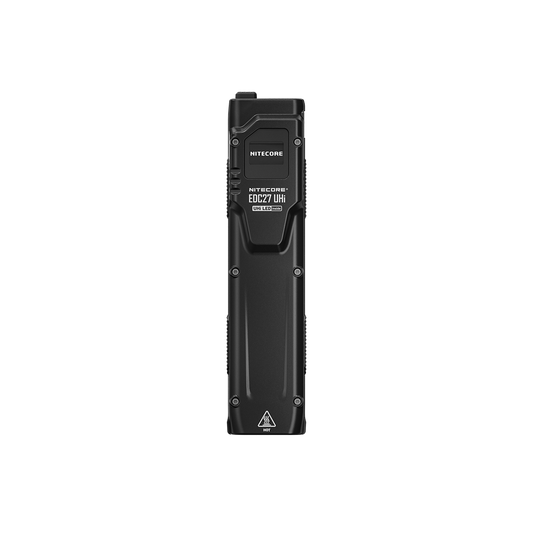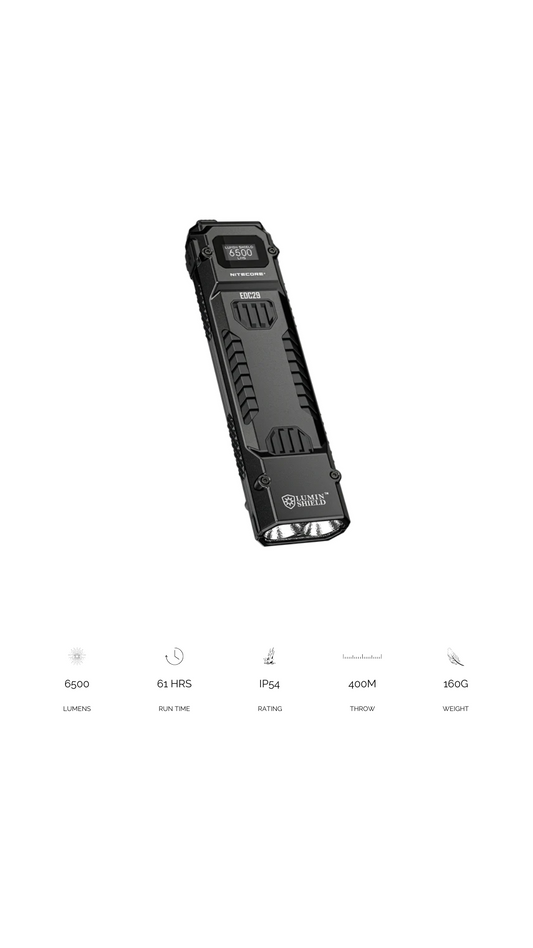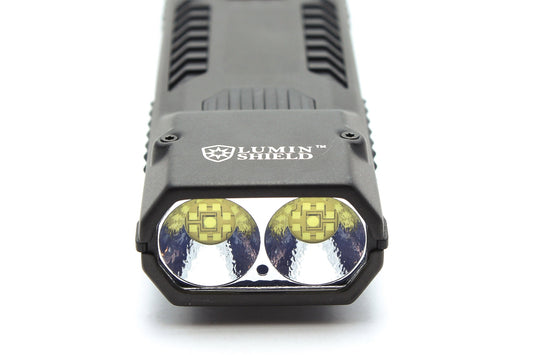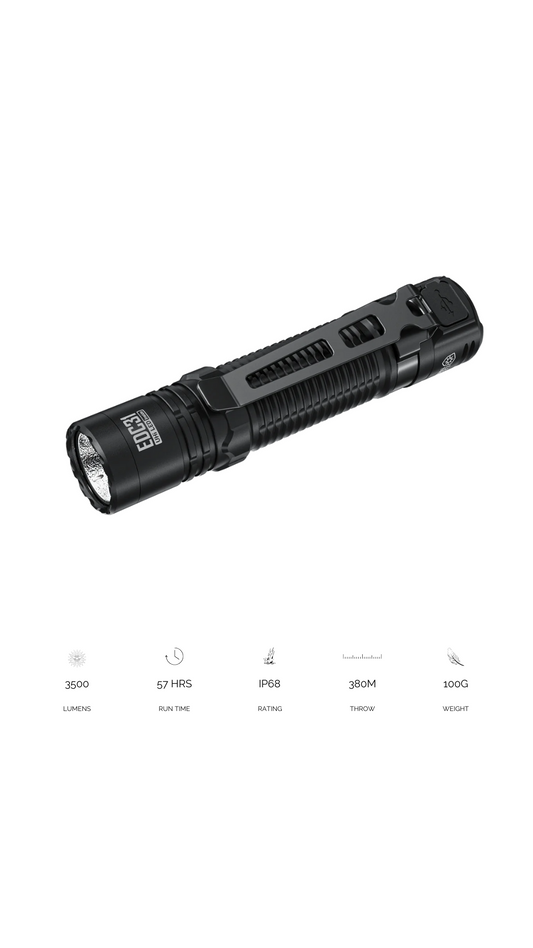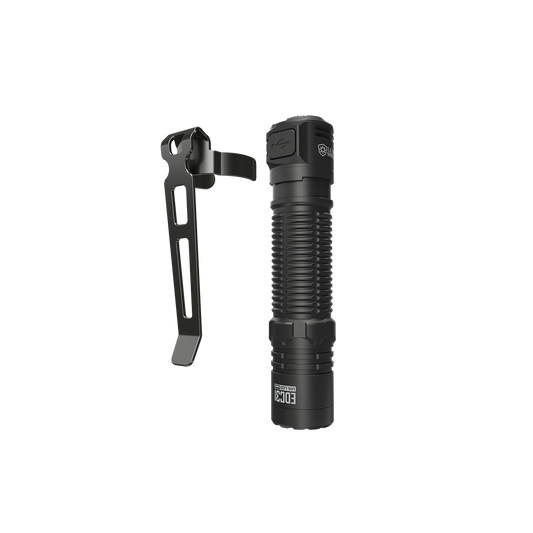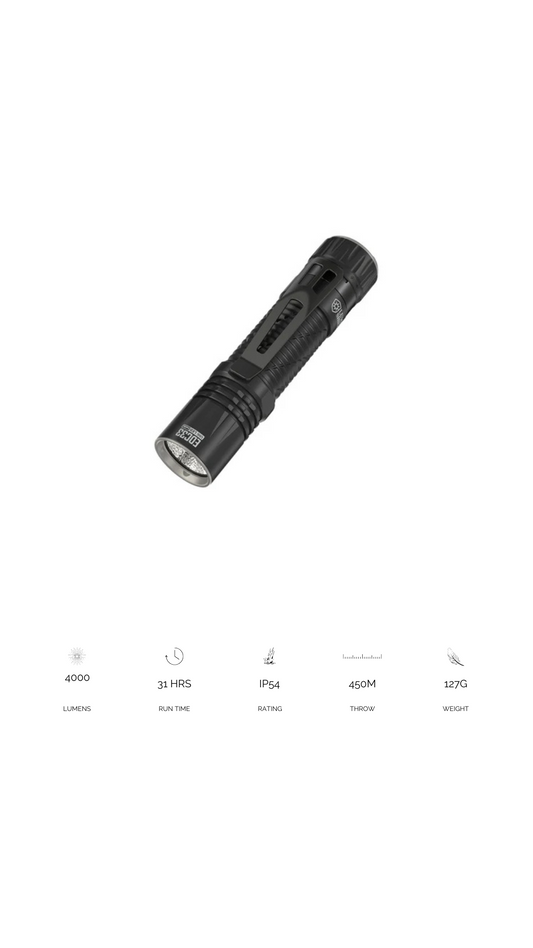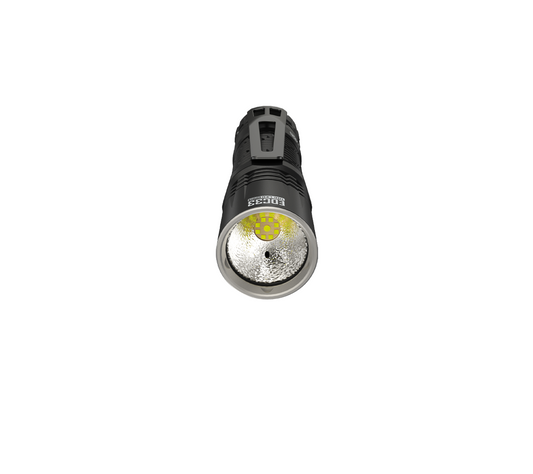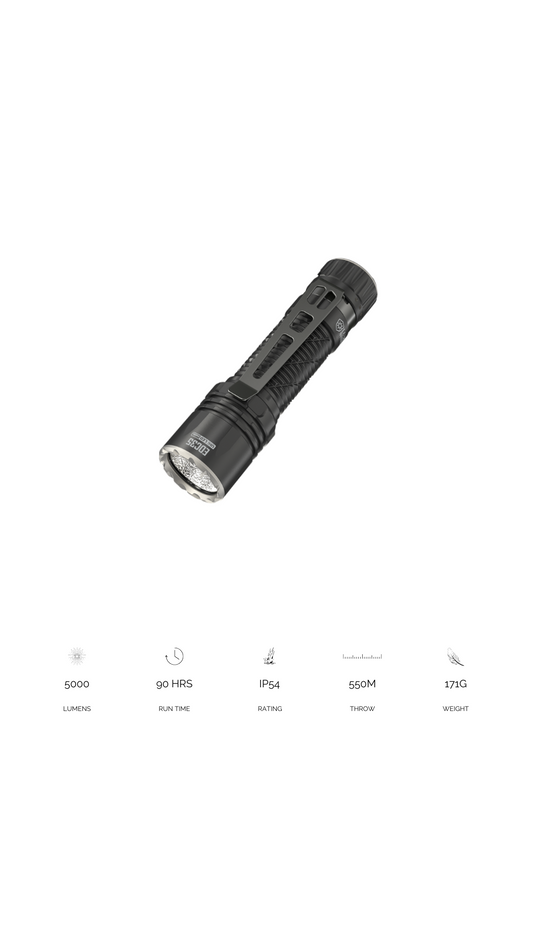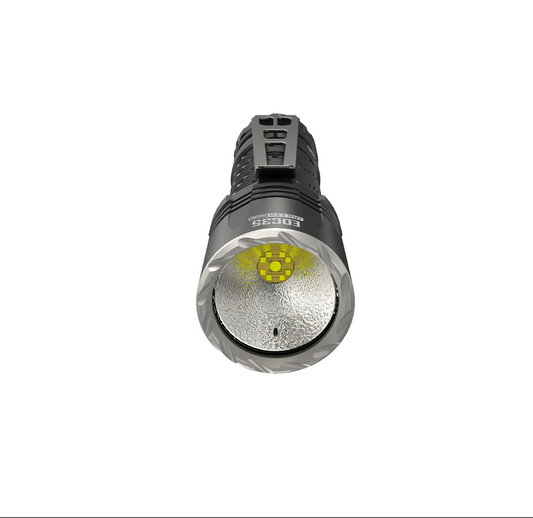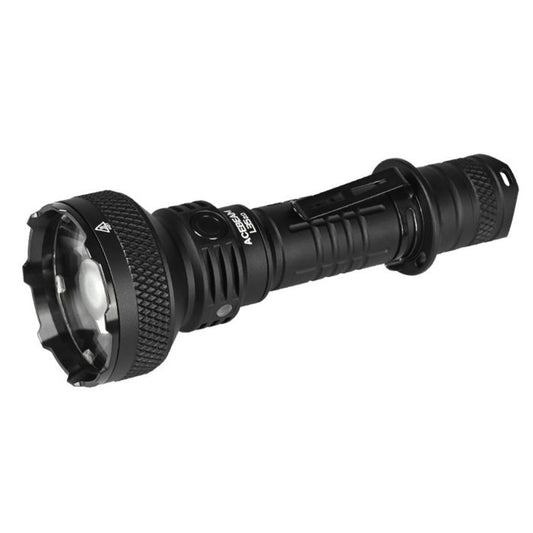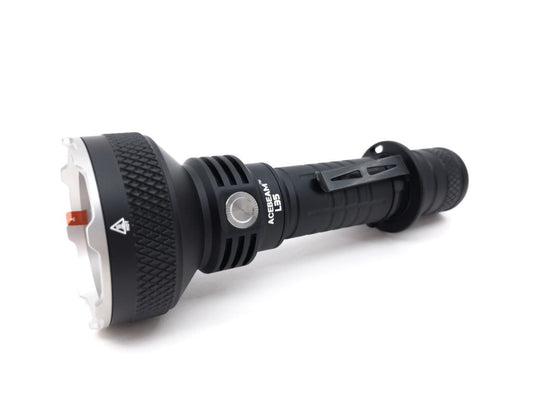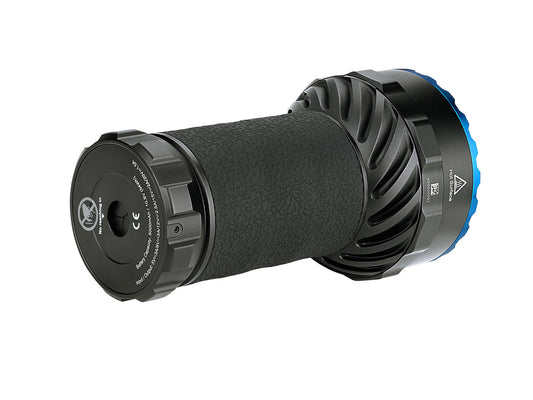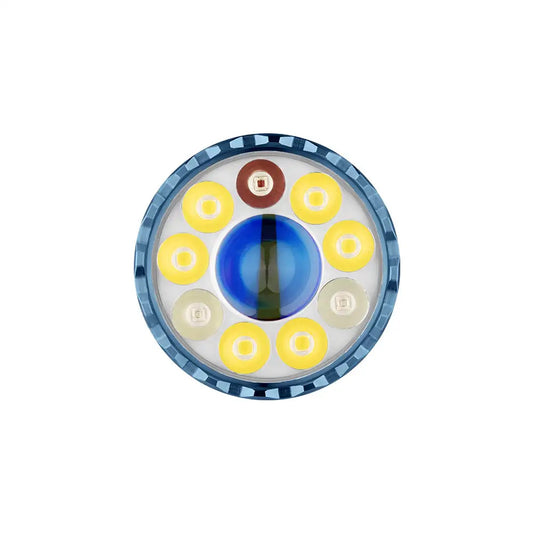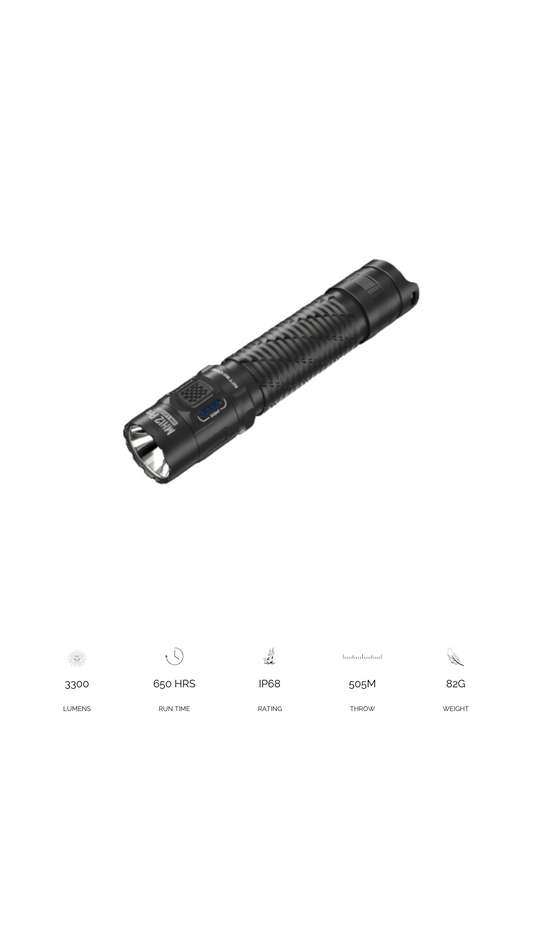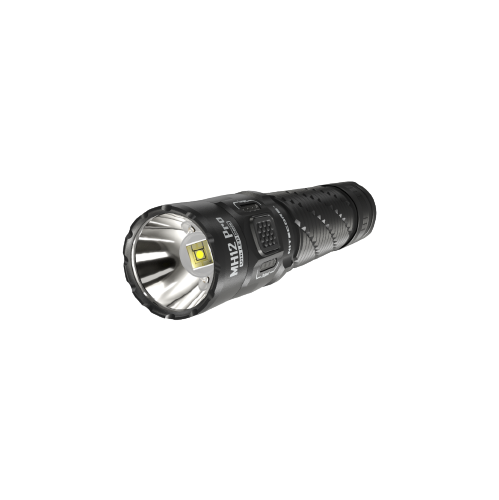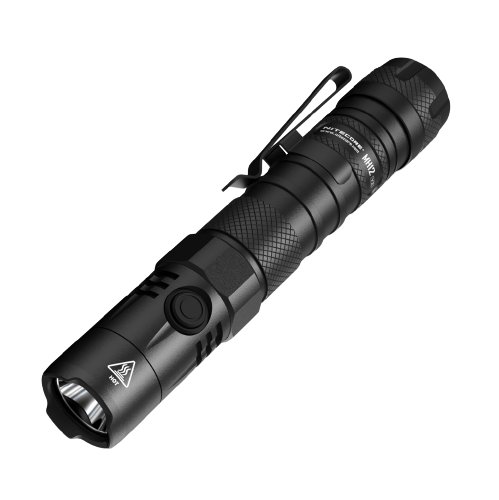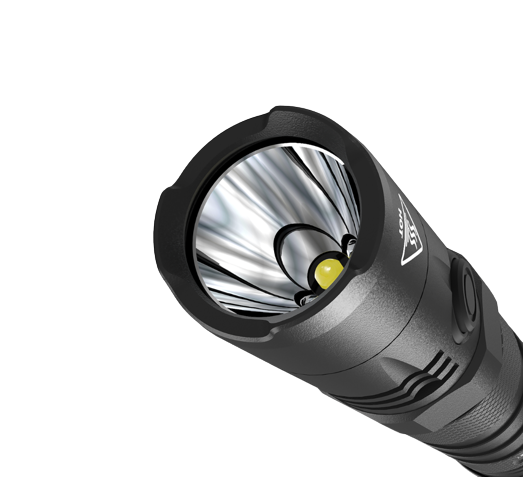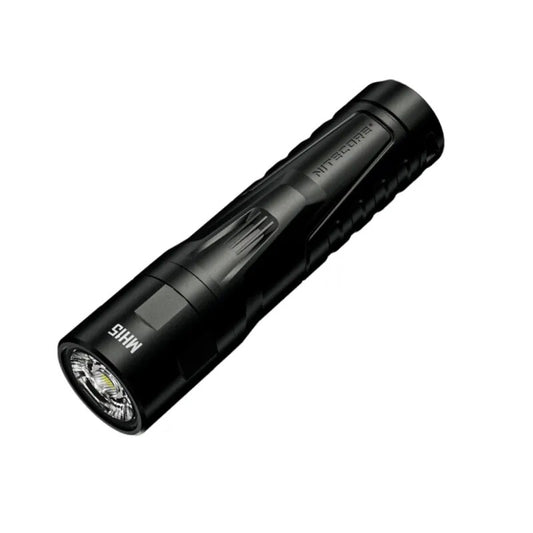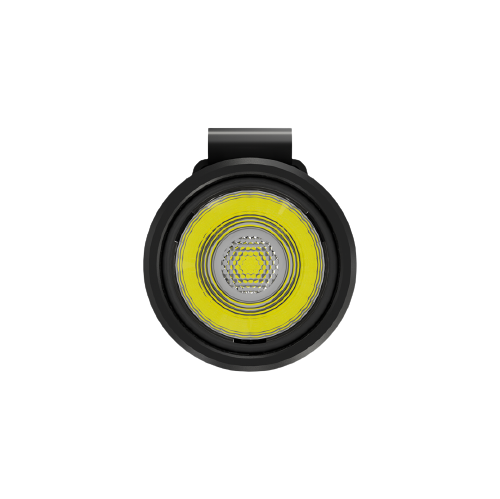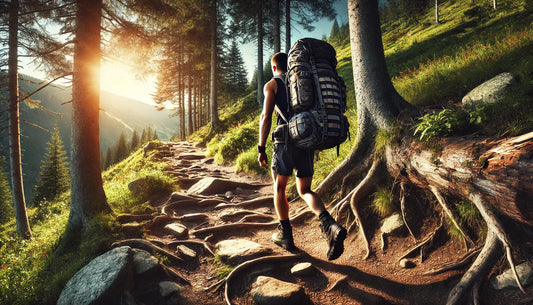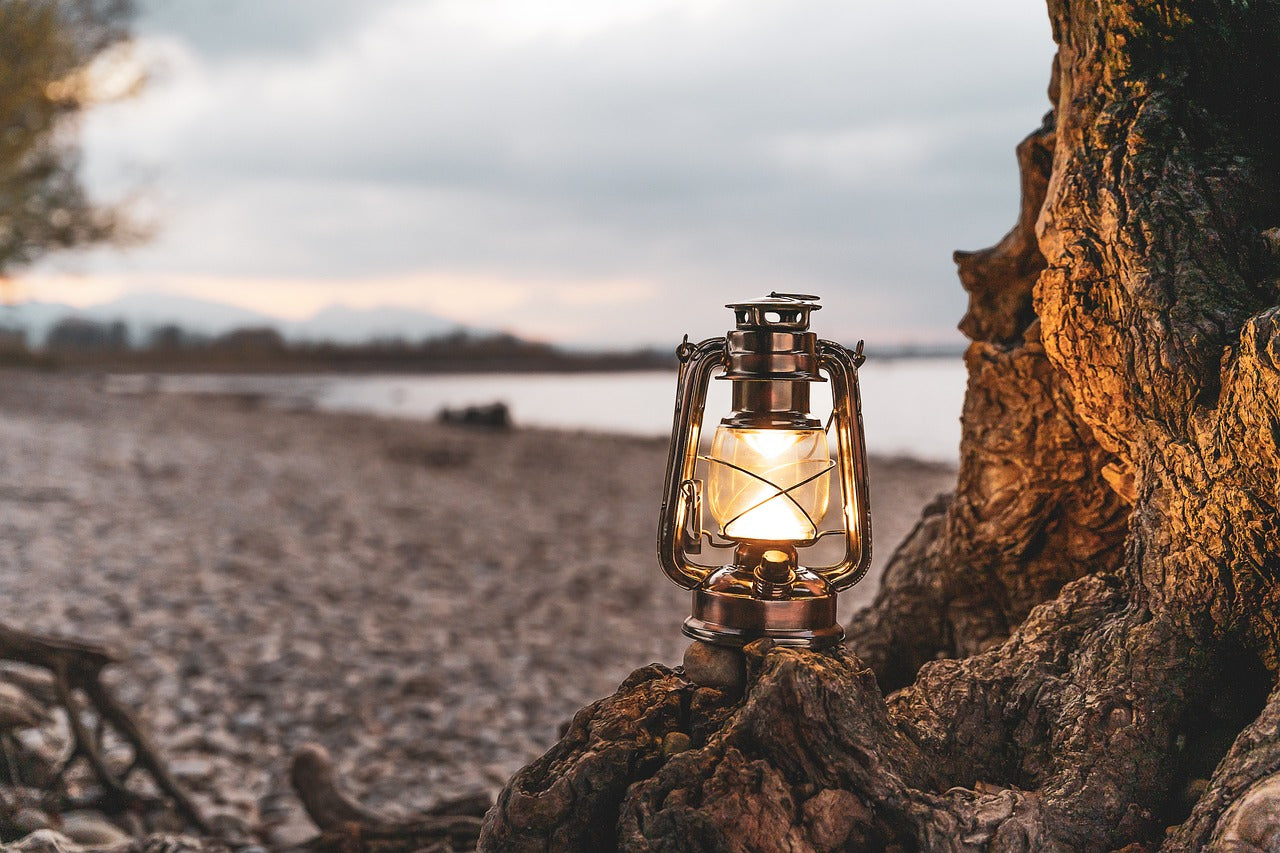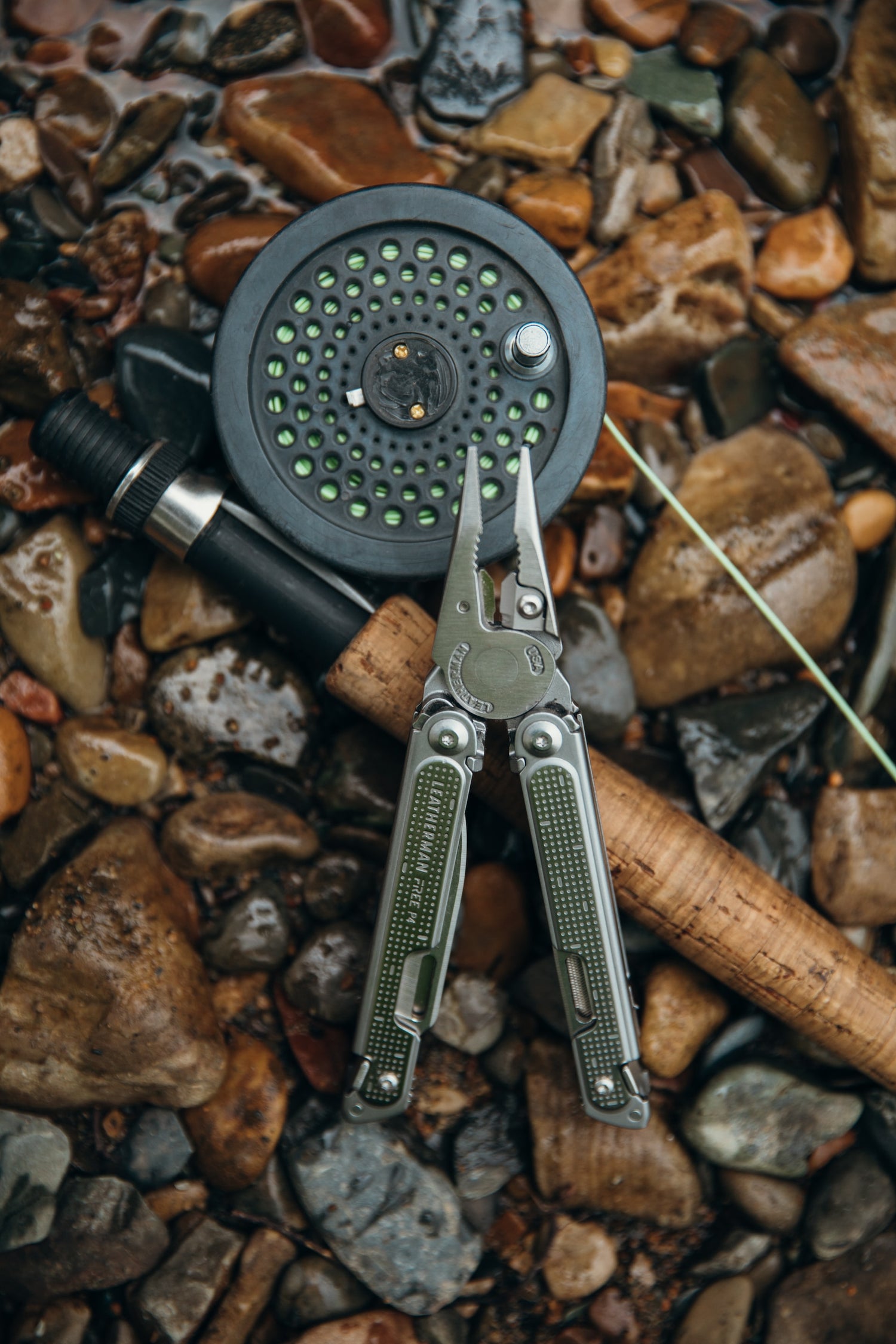
The 10 C’s for Urban Survival: Commodity
For when the SHTF.
Thriving in the dynamic urban landscape requires a blend of traditional survival wisdom and contemporary readiness. Understanding the crucial elements of survival is vital. These principles act as guiding lights, ensuring resilience and adaptability in challenging circumstances. To know which pieces of equipment to take with you in any survival situation, most experts will recommend the 5 C’s of Survival: cutting, combustion, cover, containers, and cordage. Which we will cover below.
Added to that we’ve merged the fundamental tenets of both urban and wilderness survival, so city dwellers can arm themselves with a versatile toolkit to confidently navigate various scenarios. Let's explore the amalgamation of not just the 5 C’s but expanded it to the 10 C's of survival, customized for urban environments.
Like anything in real life, you’ll of course need to add on, amend, or completely have to redo the items in your SHTF bag. Also, you’ll probably need multiple grab bags depending on your situation and where those bags are stashed. Like most articles on survival these “How To’s” are for one person. If you have the responsibility of not just yourself, you’re gonna need more stuff.
This article however brief is not for camping so you’re not going to see stuff thrown in for a prolonged stay. It’s grab, go, move, rest, move.
- Combustion
- Cutting tools
- Cover
- Container
- Cordage
- Communication
- Composure
- Concealment
- Commodity
- Currency

9. Commodity: Let's trade
Ensuring urban survival requires thorough preparation and a well-rounded approach to emergency readiness. While stockpiling non-perishable food, water, and medical supplies is a crucial first step, it's essential to broaden your emergency provisions to cover a wide range of potential scenarios.
Start by diversifying your food supply beyond basic canned goods and granola bars. Include a variety of shelf-stable items such as rice, pasta, dried beans, and canned fruits and vegetables to ensure a balanced diet during extended emergencies. Don't forget about dietary restrictions or preferences, and consider including specialty items for infants, elderly family members, or those with specific medical needs.
Water is another critical resource for survival, so ensure you have an ample supply on hand. The general rule of thumb is to store at least one gallon of water per person per day for drinking and sanitation purposes. Consider purchasing water purification tablets or a portable water filter to make alternative water sources safe for consumption in case your stored water runs out.
Medical supplies are essential for addressing injuries and illnesses that may occur during emergencies. Stock your emergency kit with a comprehensive first aid kit containing bandages, antiseptic wipes, pain relievers, and any prescription medications you or your family members require. Additionally, include items for treating more severe injuries such as splints, wound dressings, and a tourniquet.
In addition to food, water, and medical supplies, consider other necessities for maintaining comfort and safety during emergencies. Include items such as blankets, warm clothing, and sleeping bags to stay warm in case of power outages or displacement from your home. Portable cooking equipment like a camping stove or portable grill can provide a means to prepare food if traditional cooking methods become unavailable.
Communication is key during emergencies, so ensure you have multiple methods of staying in touch with loved ones and receiving important information. Invest in a battery-powered or hand-crank radio to receive emergency broadcasts, and keep fully charged cell phones and portable chargers on hand. Establish a communication plan with family members or neighbors to stay connected and coordinate assistance if necessary.
Personal hygiene and sanitation are often overlooked but are crucial for preventing illness and maintaining overall well-being during emergencies. Include items like soap, disinfectant wipes, and garbage bags in your emergency kit to maintain cleanliness and prevent the spread of germs. Additionally, consider including personal identification documents, important medications, and copies of essential documents like insurance policies and emergency contact information.
Regular maintenance and rotation of your emergency supplies are crucial to ensure everything remains usable in case of an emergency. Check expiration dates on food and medications, replace batteries in flashlights and radios, and refresh water supplies periodically. By taking these proactive measures and adopting a comprehensive approach to emergency preparedness, you can enhance your readiness and resilience in the face of urban survival challenges.


